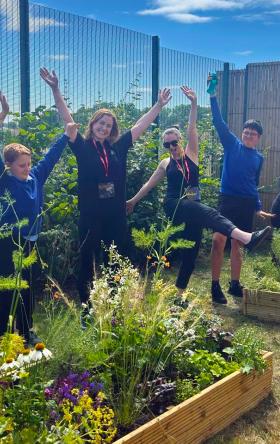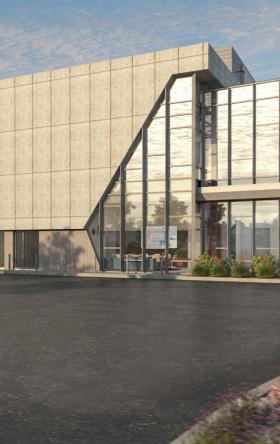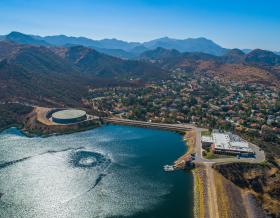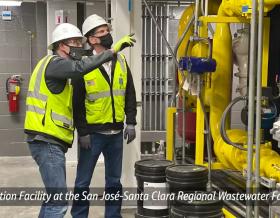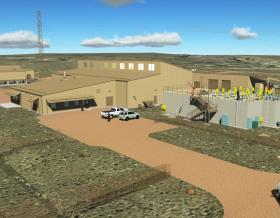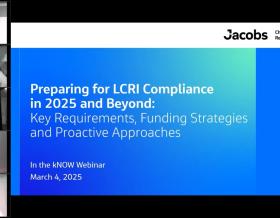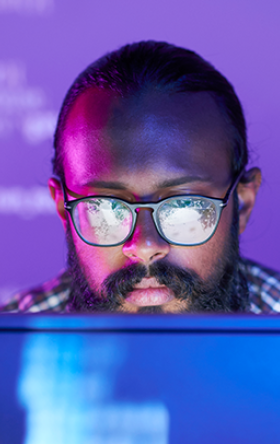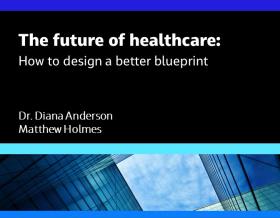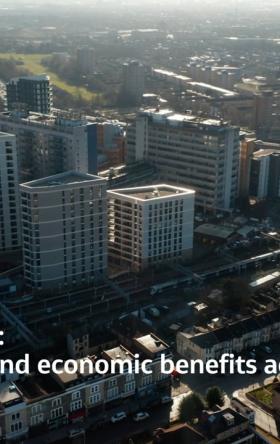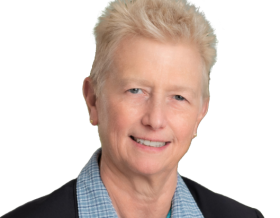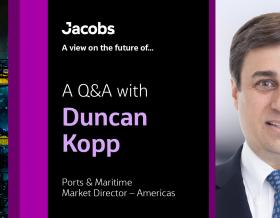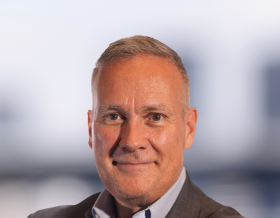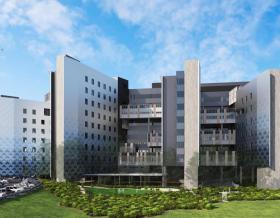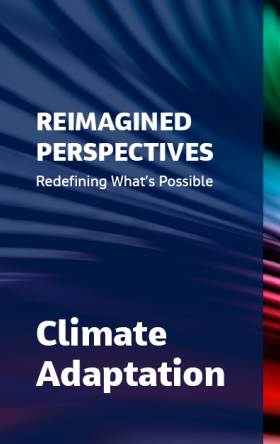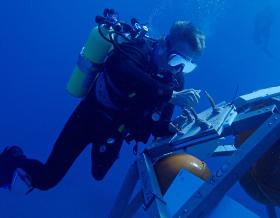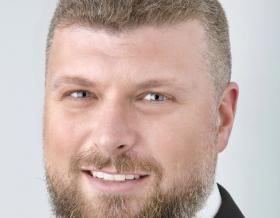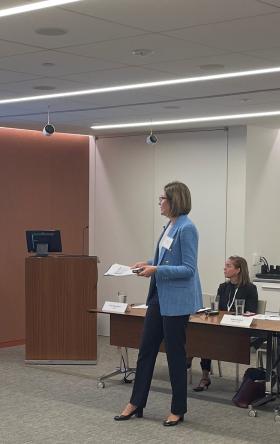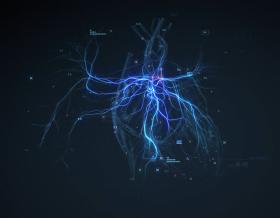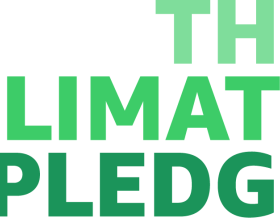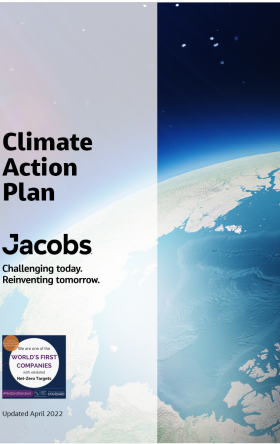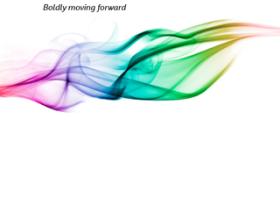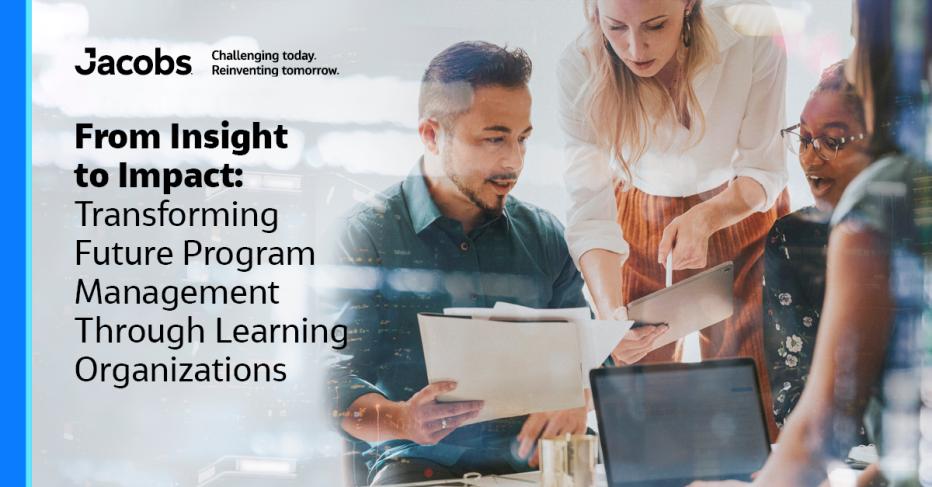
Driving performance is critical for major programs as it can drastically impact communities, local economies, ecosystems and the client’s budget. Central to positive program execution is how teams learn together across organizational and community boundaries. A culture of learning drives greater results as companies increase in scale and ambition. The more moving parts, third-party stakeholders and business functions involved (typically hallmarks of large infrastructure programs), the greater the need for a learning organization approach.
Research by Deloitte shows that companies with learning cultures experience 37% higher productivity and are 92% more likely to innovate. It’s also critical for health and safety, repeatedly proven across sectors. These lessons are particularly vital for major programs as they rely on industry knowledge and track record, newly formed networks and an institutional body comprising multiple external sources. Success hinges on a learning culture that leans on existing intellectual capital and quickly adapts to lessons in future work.
The question is: what is a true learning organization? The foundation relies on systematic learning from mistakes and successes and the seamless and accurate transfer of that knowledge across an organization. Peter Senge, senior lecturer at MIT and author of The Fifth Discipline: The Art and Practice of the Learning Organization, explains that successful learning organizations are ones where people continually expand their capacity to create the desired results. This should include learning from experience (LfE) and learning from incidents (LfI).
Three specialists from our programs and advisory team and two leading industry partners analyzed past projects to understand how learning organization theory is applied in major capital delivery environments. The team identified four lessons for future major programs.
Start with an ambitious vision backed by a learning culture
The first step in creating a learning organization is clearly defining 'the bigger picture’ vision and then bringing in the partners needed for success. Case in point: the TEAM2100 flood protection program in the U.K. It became a UK Government pathfinder with a clear ambition from the start: to deliver world-class asset management within a 10-year remit.
The successful transformation was driven by bringing together a collaboration of specialists to accelerate the program-wide learning process — taking learning from the water sector in Australia, as they were leaders in the industry. It fundamentally improved the asset management capability and the quality of data collected, leading to better outcomes for all stakeholders. It required leadership, a well-defined maturity matrix and careful contracting, and crucially, it was catalyzed by the courage to define the ambitious goal at the start, and then investing time, money and talent toward building a continuous learning culture.
The courage and collaboration outlined by TEAM2100 form part of the six Cs that are integral for building a learning culture within major programs — which is essentially a group of people working together with consistent values.
- Curiosity, because it’s difficult to get upset or angry when we seek to understand the people who challenge us, and curiosity creates the environment for us to learn something new.
- Compassion, because everybody is doing their best in a complex and sometimes chaotic world.
- Commitment, just like learning an instrument or a new language, the path to success is rarely a straight line or easy journey. We must commit to doing the work on ourselves and with our teams and stakeholders to keep trying, even when it gets hard.
- Courage, to contribute ideas and listen to others with compassion, curiosity and commitment so that together we create an environment where people feel able to share their ideas, have difficult conversations and challenge the status quo.
- Collaboration, because major programs are now so complex that no one individual or team has all the answers. Future success relies on how well we can innovate with others and focus on ‘the big picture’ and holding ourselves and our teams to account.
- Candor, clear expectations and direct conversations to drive transparent and positive trusting relationships.
“The main challenge for leaders trying to create a learning environment is letting go of the idea that they must have all the answers. Creating a psychologically safe environment starts with leaders who feel safe to learn, know how to bring in help and navigate first-of-a-kind solutions safely and productively. When leaders can demonstrate that not knowing is not shameful and a core part of the learning process, their teams will follow.”
A learning culture requires all six Cs and relies on creating the psychological safety needed for employees to learn and adapt at their own pace. Leadership and management need to see intelligent failure, what Amy Edmondson calls: The Right Kind of Wrong, as positive. That foundation of psychological safety needs to be supported by an inclusive culture where employees have the autonomy to innovate. Leaders must dedicate time to exploring ideas from team members and empowering them through governance.
“Our success in decommissioning relies on a constant drive and awareness of psychological safety, harnessing cross-industry insights and focusing on the practical application of our learning culture: a lesson is not learned until it's seamlessly embedded into processes and practice.”
Lessons must be easily understandable, translatable, trackable and timely to support embedded learning
With all rapidly evolving technologies, user experience is central to success. Most people expect to be able to use something correctly within minutes of interacting with it. We expect technology to predict and preempt our requirements, so the key to adoption is making the experience intuitive. Think about how Netflix or Amazon recommends what you want next or how Google Maps redirects you as the conditions change. Now reimagine that as training, walk-throughs and suggestions proactively presented just as you need them, in a personalized format and through an interface that updates with the best practice.
Consistency and ease of use are the foundations in capturing the lessons, and the system itself must seamlessly provide the correct information at the right time in the project lifecycle.
To illustrate the last point, some of the global Jacobs’ design teams rely on lean processes applied at the start of programs to help rapidly (and safely) build similar facilities in different regions globally. These processes also include prompts to review and incorporate lessons learned from similar projects. This goes beyond sharing: it incorporates the learning into sustained delivery improvement in the spirit of the Lean ‘Kaizen’ principle.
For a lesson to be truly learned rather than simply identified, it needs to be embedded systemically into business processes. A clear example of this can be found in the silent recall process within the automotive industry. It’s not enough to share successes if they're not being translated into changed behaviors — sharing best practice or lessons is just talking shop if no change occurs off the back of it.
“Codifying lessons into background systems is essential: it augments human learning and decision making. Every lesson, even small improvements, should be codified where appropriate — it's what makes companies like Toyota so successful with continuous improvement through the amalgamation of small details.”
Incentivize competing companies to share positive learnings
Sharing best practice is easier when there’s no risk of losing a competitive edge. For example, national aviation authorities are highly efficient at spreading the news of a fault or a risk. If something goes wrong on an airplane, that knowledge gets transferred worldwide to every Aviation Authority within minutes. However, if there’s a success story or innovation, it won’t be shared so readily.
On the flip side, several previous major programs, such as the London 2012 Olympic and Paralympic Games, set up Learning Legacies where lessons and best practice are shared, both positive and negative. There’s also the Infrastructure Industry Innovation Partnership (i3P), a resource dedicated to processing learning and ensuring it is correctly documented. This was another positive outcome created by the Crossrail program, as it published peer-reviewed lessons on a publicly available digital platform, and critically, it also identified existing metrics to help track the improvements following the implementation of the learning — including leading and lagging indicators. It didn’t wait until the program was complete for a full debrief; there were regular thematically focused pre-mortems on open risks to devise solutions proactively.
The Association for Project Management has several forums for exchanging lessons learned, including interest networks and industry groups, which help facilitate cross-sector industry learning. There are also volunteer-run interest networks that support the sharing of lessons. To get the most out of these opportunities, program managers and leadership must be open to listening and learning from these innovations and then integrating them into the learning journeys of their own programs.
Rely on human relationships to solve problems
AI, especially Gen AI, offers huge potential to support organizational learning with advanced search tools and big data analysis. However, it must still be tailored and prompted correctly to provide true value. History shows that the application of technology hasn’t necessarily made us much more productive or safer — that still relies on humans making sensible, evidence-based workplace decisions.
Successful organizations in the future need people who can quickly adapt to and exploit the oncoming wave of AI-innovation and knowledge. ‘Cognition has become cheaper,’ but human judgement is still required. Good decisions depend heavily on psychological safety as a key part of organizational learning, as outlined in The Fearless Organization by Amy Edmondson. It’s not created through technology; it’s thanks to human relationships and expertise. This safety allows leadership to make calculated mistakes and empowers staff to make the right decisions. It also requires employees to take some responsibility for following robust, evidence-based processes.
“NDA is currently developing AI models that can analyze data across our vast knowledge base and provide tailored responses to specific questions. This is the next important step in making our knowledge easy to integrate and embedded in future projects. Scouring and analyzing data sets will become much easier, but human and cross team cognition will be needed to ask good questions and sense check and validate what the models propose.”
Leveraging technology as a partner instead of a replacement, we can bring greater evidence to the fore, whether that’s sensor data or transcribing the vast knowledge of our experts, AI enables us to summarize that data, find nuances or relationships we didn’t expect, we can open our learnings to global communities and we can tailor them to specific audiences through multi-media, interactive interfaces. With Gen AI we remove many of the barriers that coding once created, creating opportunities for human cognition to capture, interrogate and express learnings in new ways and to new audiences.
Human networks and relationships are key to innovation and learning. AI can tell us about the past in more complete ways and identify relationships we can’t always see, however, humans experience the world more directly and can envision the future in ways AI cannot replicate. For information to translate into learning, it needs to live, to be adapted and applied through human brains to solve evolving challenges. As Aaron Dignan indicates in Brave New Work: ‘[information] Sharing leads to reciprocity, responsibility and learning… More and better information, and more and better ways to make sense of it, is the source of competitive advantage in complexity.’
Driving industry-wide change through program success
As both program challenges and organizations grow, the more important a learning culture becomes for managing complexity and stakeholders. A true learning organization systematically learns from both mistakes and successes and ensures the knowledge transfer is seamless. Getting it right requires drafting a coherent learning policy, dedicating resources (time, effort and money) and creating user-friendly processes and systems. Fostering psychological safety for employees and leadership and incentivizing the sharing of positive lessons are also key.
By adopting these best practices, major programs can leverage the power of a learning organization to drive safety and performance, leading to more successful, resilient projects and better standards across the industry.
About the authors
Dani Harris
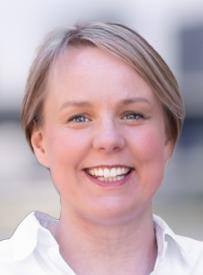
Director in Jacobs’ Programs & Advisory practice. With experience across technology, finance, transformation and psychology, Dani specializes in enabling whole organizations to grow and evolve at a rapid pace. Dani’s experience growing up in an ex-mining community during the last major U.K. energy transition fuels a passion for getting it right this time, positively accelerating important projects that will benefit all U.K. communities with sustainable, clean energy for future generations.
Barry Murphy
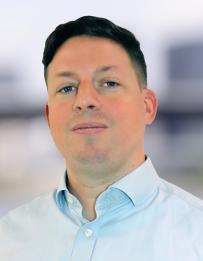
Senior Associate Director in Jacobs’ Programs & Advisory practice. With a strong project and program management background, Barry has a track record of bringing lessons from across sectors to improve delivery. Working across several growth sectors, including water and energy, he has been supporting organizations to ensure their delivery practices and processes are right-sized to meet the changes in demand both in terms of capacity and capability. At the core of this is Barry's belief that collaboration, with the right enablers, can be a multiplying factor in organizational effectiveness, driving real productivity growth in infrastructure.
Heather Barton

Head of Performance Improvement at the Nuclear Decommissioning Authority (NDA). Heather is a nuclear physicist by background with over 20 years of international experience in the nuclear industry. Her expertise spans nuclear safety culture, continuous improvement and organizational learning. She has a passion for proactive learning that drives improvement and currently manages and implement the NDA’s approach to learning including collaborating and sharing learning across different sectors and industries on good practices, emerging themes and innovations.
Joanne Emberson-Wines

Senior Program Director, Thames Estuary Asset Management (TEAM) 2100 at the Environment Agency. Joanne is a highly experienced senior leader who is passionate about creating better places for people and nature and delivering ambitious outcomes via modern, effective and valued work. Joanne’s background and professional accomplishments span scientific, operational, and major project and program delivery. Joanne is a chartered manager and a fellow of the Chartered Managers Institute (CMI) and a member of the Institute of Asset Managers (IAM).
Featured Articles
Nuclear Decommissioning Authority is charged, on behalf of the UK government, with the mission to clean-up the U.K.’s earliest nuclear sites safely, securely and cost effectively. For more information, please see: Nuclear Decommissioning Authority - GOV.UK
TEAM 2100 is coming to the end of a 10-year major program to refurbish and replace tidal defenses in London and the Thames Estuary. Hailed as the gold standard for innovative, learning and collaborative major programs. For more information, see: Thames Estuary Asset Management 2100 programme (TEAM2100) - GOV.UK
